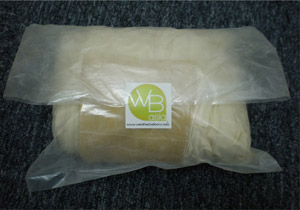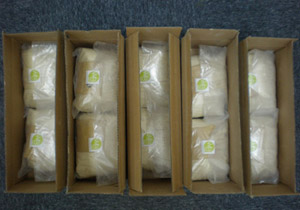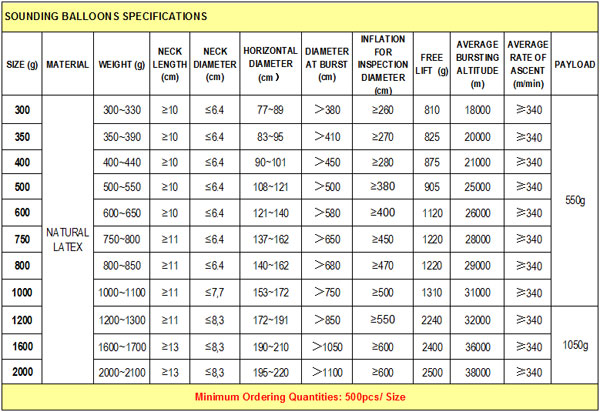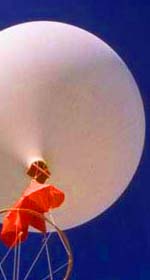
|

|


Contact us for more Information and Prices!
Sales Department: gci@chinahong.com
Information about Sounding Balloons
Sounding Balloons for Sale at FACTORY PRICES for Professionals. Please select from our Product range
A Sounding balloons, also known as a type of high altitude weather balloon is a balloon which carries instruments aloft to send back information on atmospheric pressure, temperature, and humidity by means of a small, expendable measuring device called a radiosonde. To obtain wind data, they can be tracked by radar, radio direction finding, or navigation systems (such as the satellite based Global Positioning System).
Materials and equipment
The sounding balloon itself produces the lift, and is usually made of a highly flexible latex material (though Chloroprene may also be used). The unit that performs the actual measurements and radio transmissions hangs at the lower end of the string, and is called a radiosonde. Specialized radiosondes are used for measuring particular parameters, such as determining the ozone concentration. The balloon is usually filled with hydrogen due to lower cost, though helium can be used as a substitute. The ascent rate can be controlled by the amount of gas with which the sounding balloon is filled. Weather balloons may reach altitudes of 40 km (25 miles) or more, limited by diminishing pressures causing the balloon to expand to such a degree (typically by a 100:1 factor) that it disintegrates. In this instance the instrument package is usually lost. Above that altitude sounding rockets are used. After sounding rockets, satellites are used for even higher altitudes. Major manufacturers of balloons are Totex and Cosmopren of Japan, Pawan Rubber Products (Pawan Exports) of India, Kaysam (now Kaymont), and Scientific Sales, Inc. of the U.S.. Weather balloons are sometimes cited as the cause for unidentified flying object sightings, and are also used for cluster ballooning.
Sounding Balloons Launch time, location, and uses
Weather balloons are launched around the world for observations used to diagnose current conditions as well as by human forecasters and computer models for weather forecasting. About 800 locations around the globe do routine releases, twice daily, usually at 0000 UTC and 1200 UTC. Some facilities will also do occasional supplementary “special” releases when meteorologists determine there is a need for additional data between the 12 hour routine launches in which time much can change in the atmosphere. Military and civilian government meteorological agencies such as the National Weather Service in the US typically launch balloons, and by http://pills.wptemplatesz.info/ international agreements almost all the data is shared with all nations. Specialized uses also exist, such as for aviation interests, pollution monitoring, and research. Examples include pilot balloons (Pibal). Field research programs often use mobile launchers from land vehicles as well as ships and aircraft (usually dropsondes in this case).
Do not hesitate to contact us to review our Meteorological Balloons Prices & Specifications

